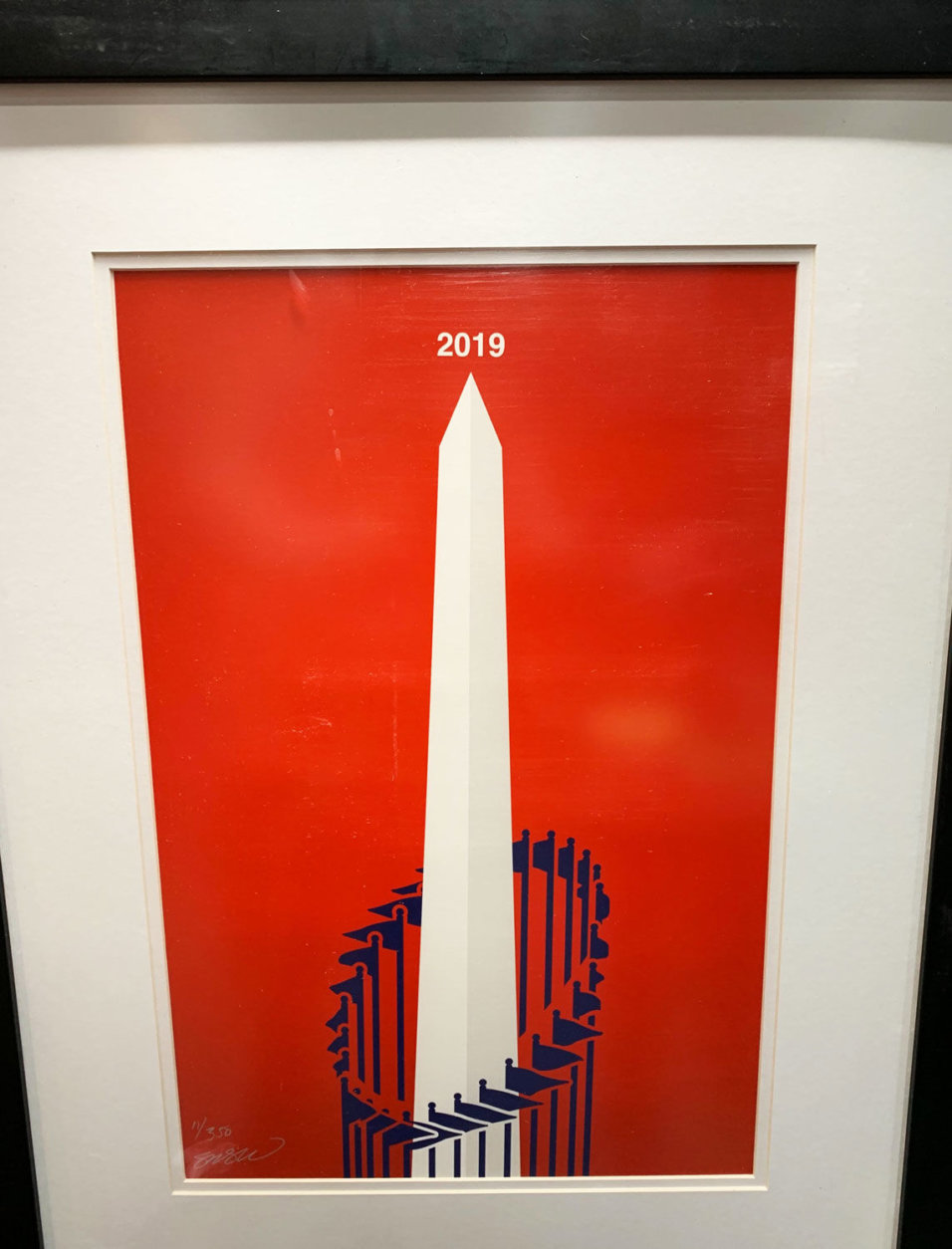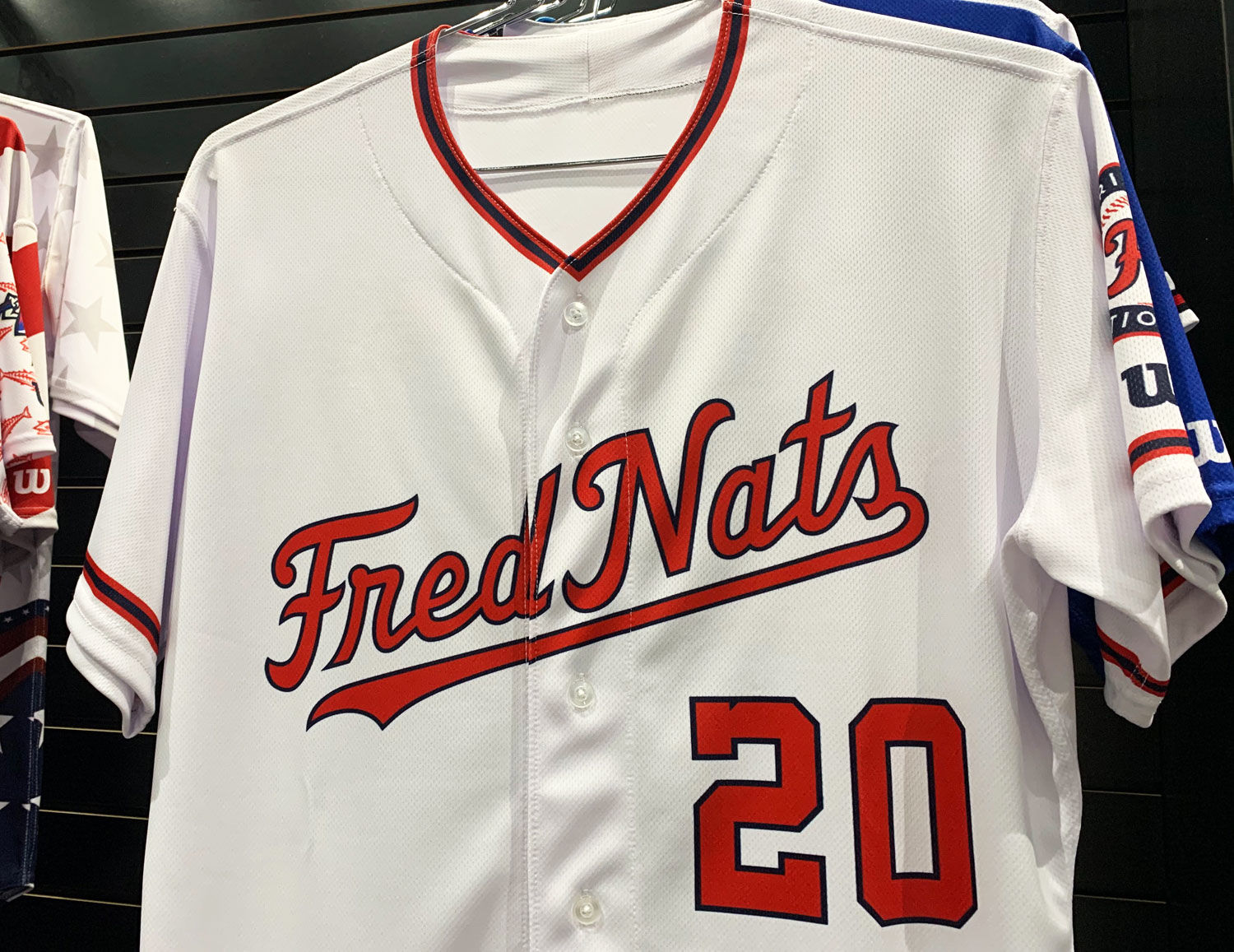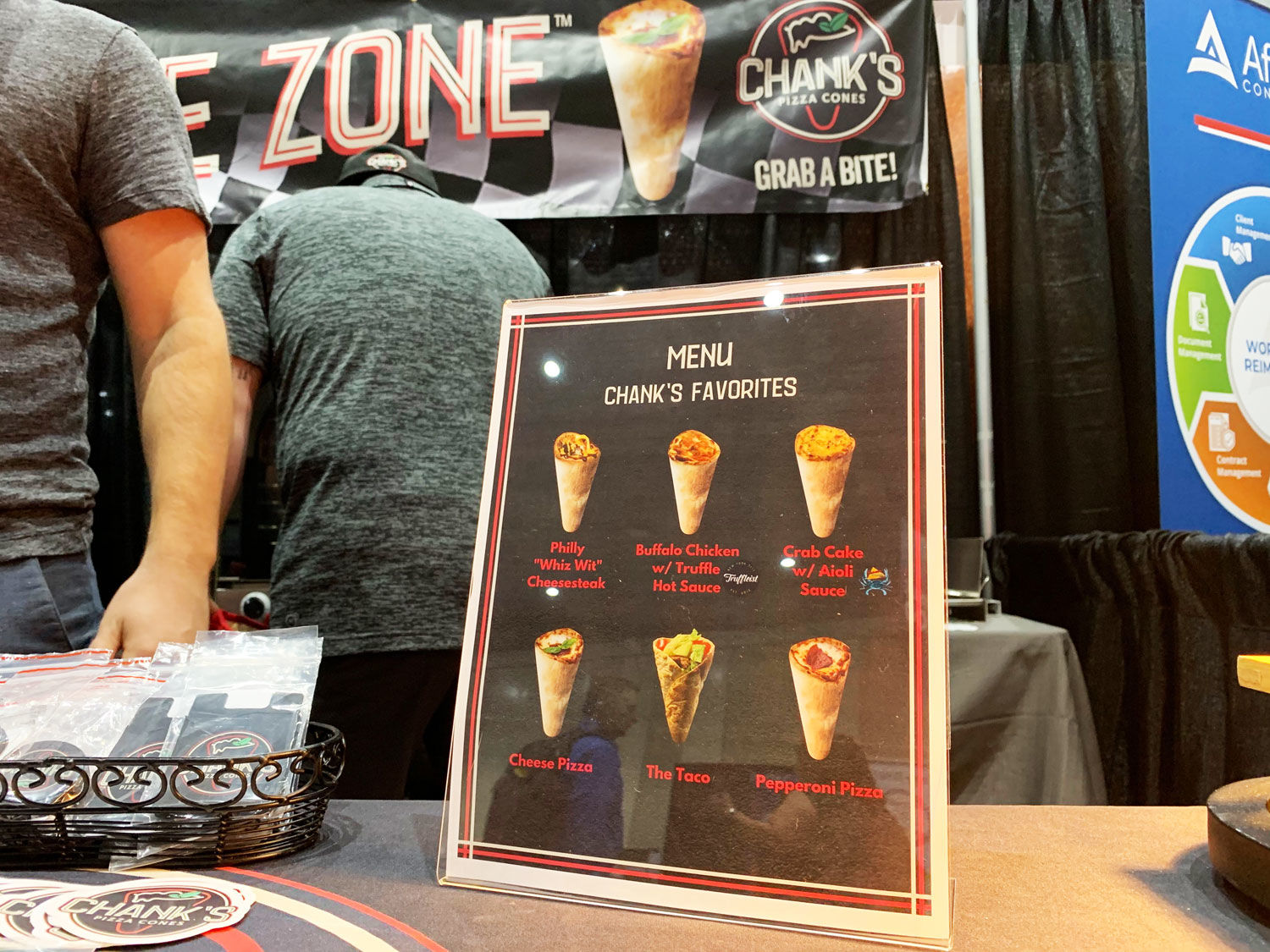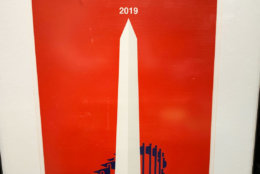







Some years, depending on the venue, the Major League and minor league sides of the annual Baseball Winter Meetings blend together, a single hotel lobby serving as the epicenter for the entire sport. But in San Diego this week, with MLB in the Manchester Grand Hyatt and MiLB in the Bayfront Hilton, separated by the nearly half-mile long San Diego Convention Center, they feel very disconnected.
Given the animosity between the two sides, provoked by MLB’s now public plan to slash more than a quarter of all minor league affiliates, that might not be such a bad thing.
The two factions met officially on Friday and more informally again on Saturday. Sources tell WTOP that despite some of the more public bickering through the press, the proceedings were cordial and productive, with some even issuing apologies for some of the rhetoric.
Based on conversations around the sport this week though, it seems we’re still a ways off from any substantive ground being ceded by either side. But at least on the minor league side, even if they are currently winning the war of public opinion, interested parties seem willing to wait to get to a better solution.
If there was any thought that this issue might quickly blow over and wane from the public eye, Elizabeth Warren joined Bernie Sanders as the second major presidential candidate to wade into the waters this week. Congressional offices of those backing MiLB have been reaching out to representatives in the minor leagues all Winter Meetings long, some checking in more than once a day for updates, despite a process that will likely take months to reach a final agreement.
There have been other good signs on the minor league side as well. MLB owners initially voted 30-0 in favor of the contraction plan earlier this spring, but developments this week may indicate some cracks in MLB’s solidarity.
MLB organizations typically come together for a dinner each year, with Major League representatives hosting all of their minor league affiliates. Ken Young, who owns a number of minor league clubs including the Baltimore Orioles-affiliated Frederick Keys, one of the 42 proposed cuts, said he spoke with top team officials at the Orioles’ organizational dinner and came away with the sense he had their support.
“I really believe the Orioles, who I met with, they want to stay in Frederick,” he told WTOP. “They love the proximity of all their [minor league] ballclubs, and they do have an ideal situation.”
Another source said chatter following the Friday and Saturday meetings suggested that, at least privately, MLB was “backpedaling” off its initial stance.
As these higher level conversations play out, the trade show in the convention center between the hotels felt quieter and more subdued this year. As always, there were vendors of all types there looking to sell their wares and services to teams, from pitching machines to promo jerseys to probiotics to pizza cones. That last one, Chank’s Grab-N-Go, is a business started in February by a trio of young men from New Jersey, selling premade, frozen portable cones with different fillings, such as cheesesteak and crab cake, to be reheated in convection ovens and sold as concessions at stadiums.
Chank’s broke into the sports market this year by supplying a number of different entities, including a pair of minor league teams. But both of those teams are in the New York-Penn League, nine of whose 14 teams are on the hit list.
As one minor league GM whose team isn’t under threat of elimination explained, the loss of 42 teams trickles down to everything from the front office jobs eliminated to the hotel rooms booked, from the taxes teams pay to the food service contracts, like those pizza cones. The baseball-adjacent industries at the trade show could suddenly see their potential minor league market slashed by more than a quarter.
The plan also hampers the affected teams’ ability to secure the kinds of multi-year sponsorship and ticket partnerships that are the backbone of the minor league economy, with the current Professional Baseball Agreement set to expire in September 2020. While that deadline is still more than nine months away, the pressure to find a better long-term solution sooner rather than later will continue to mount.







